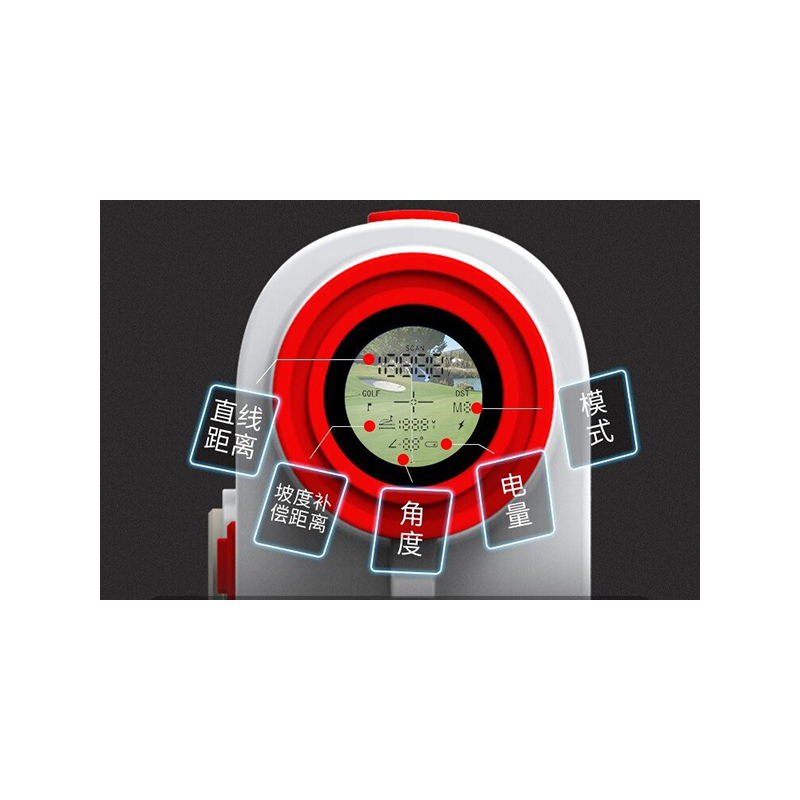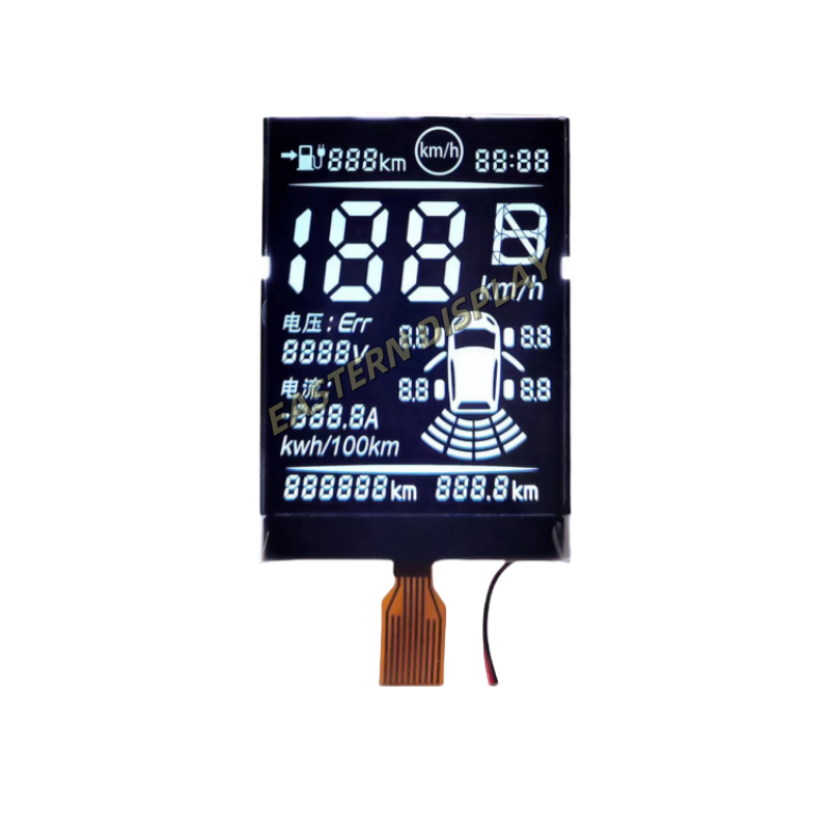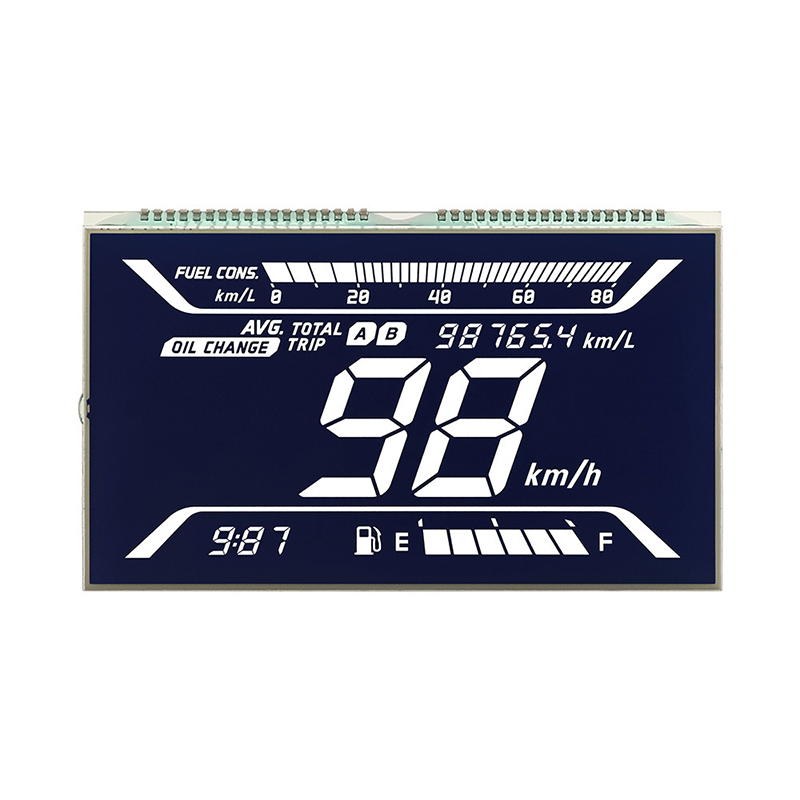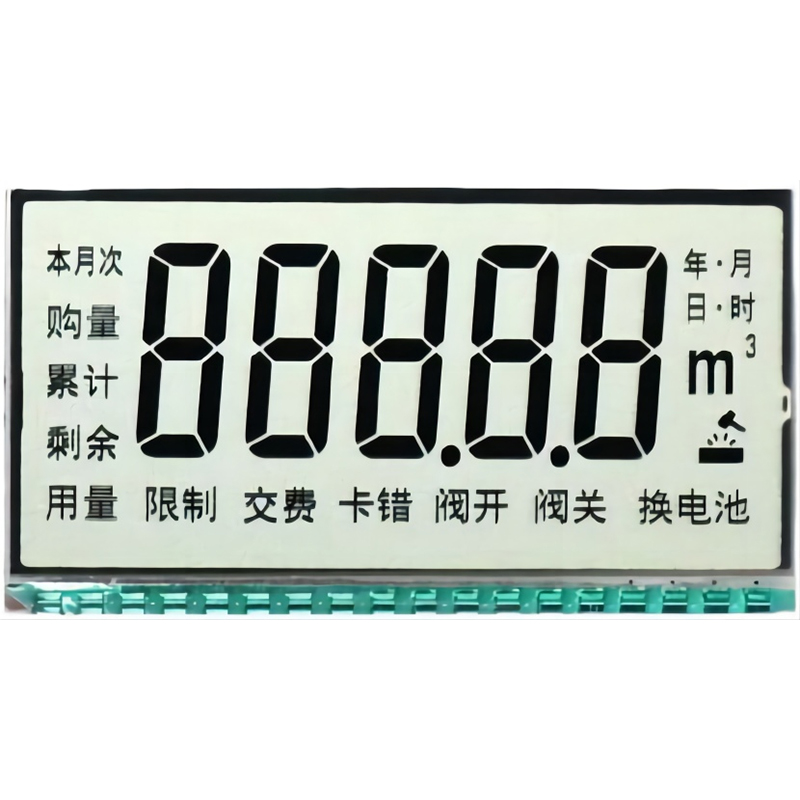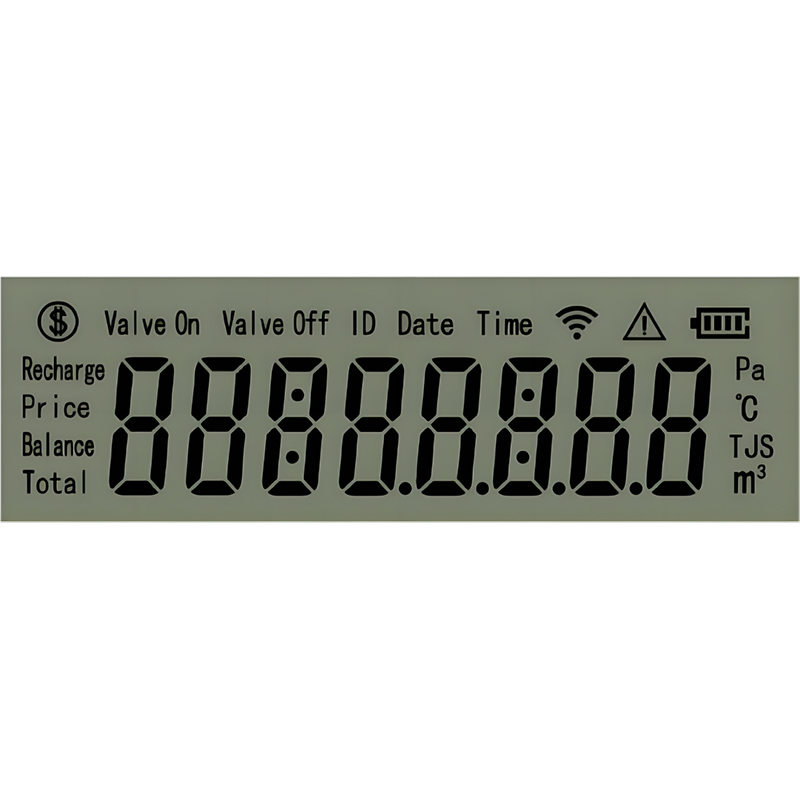
This guide provides a step-by-step tutorial on connecting an ESP32-CAM to an OLED display, covering hardware setup, software configuration, and troubleshooting tips. Learn how to display images, text, and sensor data directly on your OLED screen, unlocking the full potential of your ESP32-CAM OLED display setup. We'll explore different OLED display models compatible with the ESP32-CAM and offer practical examples to get you started.
The ESP32-CAM module is a powerful and versatile device, known for its integrated camera and Wi-Fi capabilities. Ensure you select a genuine ESP32-CAM module to avoid compatibility issues. Many variations are available, but the core functionality remains consistent for this project. Remember to check your specific module's pinout diagram before connecting it to your OLED display.
Several OLED displays are compatible with the ESP32-CAM. Popular choices include displays based on the SSD1306, SH1106, and similar controllers. These displays typically offer a range of sizes (e.g., 0.96-inch, 1.3-inch, 1.5-inch) and resolutions. Consider your project's needs when selecting an appropriate display size and resolution. The display's I2C or SPI interface will determine how you connect it to your ESP32-CAM OLED display. For example, a 0.96-inch 128x64 pixel OLED display is a common and cost-effective option.
The connection process is straightforward, but accurate wiring is crucial. Here's a typical wiring diagram for an I2C-based OLED display:
| ESP32-CAM Pin | OLED Display Pin | Description |
|---|---|---|
| GPIO 21 | SDA | I2C Data |
| GPIO 22 | SCL | I2C Clock |
| 3.3V | VCC | Power |
| GND | GND | Ground |
Note: Pin assignments might vary depending on your specific OLED display and ESP32-CAM module. Always consult the datasheets for your components.
You'll need the Adafruit_SSD1306 library for Arduino. Install this library through the Arduino IDE Library Manager. Search for Adafruit SSD1306 and install the library by Adafruit.
This example demonstrates displaying Hello, World! on your ESP32-CAM OLED display:
cpp#includeRemember to adapt this code to your specific OLED display address and desired functionality.
If you encounter issues, double-check your wiring, ensure the correct I2C address is used, and verify the library is installed correctly. More advanced techniques involve displaying images from the ESP32-CAM's camera, integrating sensor data, and creating custom graphical user interfaces (GUIs).
Connecting an ESP32-CAM to an OLED display opens up a world of possibilities for creating interactive and visually appealing projects. This guide provides a solid foundation for your exploration of ESP32-CAM OLED display projects. Remember to always consult the datasheets for your specific hardware components for detailed information and specifications. For high-quality LCD displays and related components, consider exploring Dalian Eastern Display Co., Ltd. for your needs.
References:
Adafruit SSD1306 Library: https://github.com/adafruit/Adafruit_SSD1306


